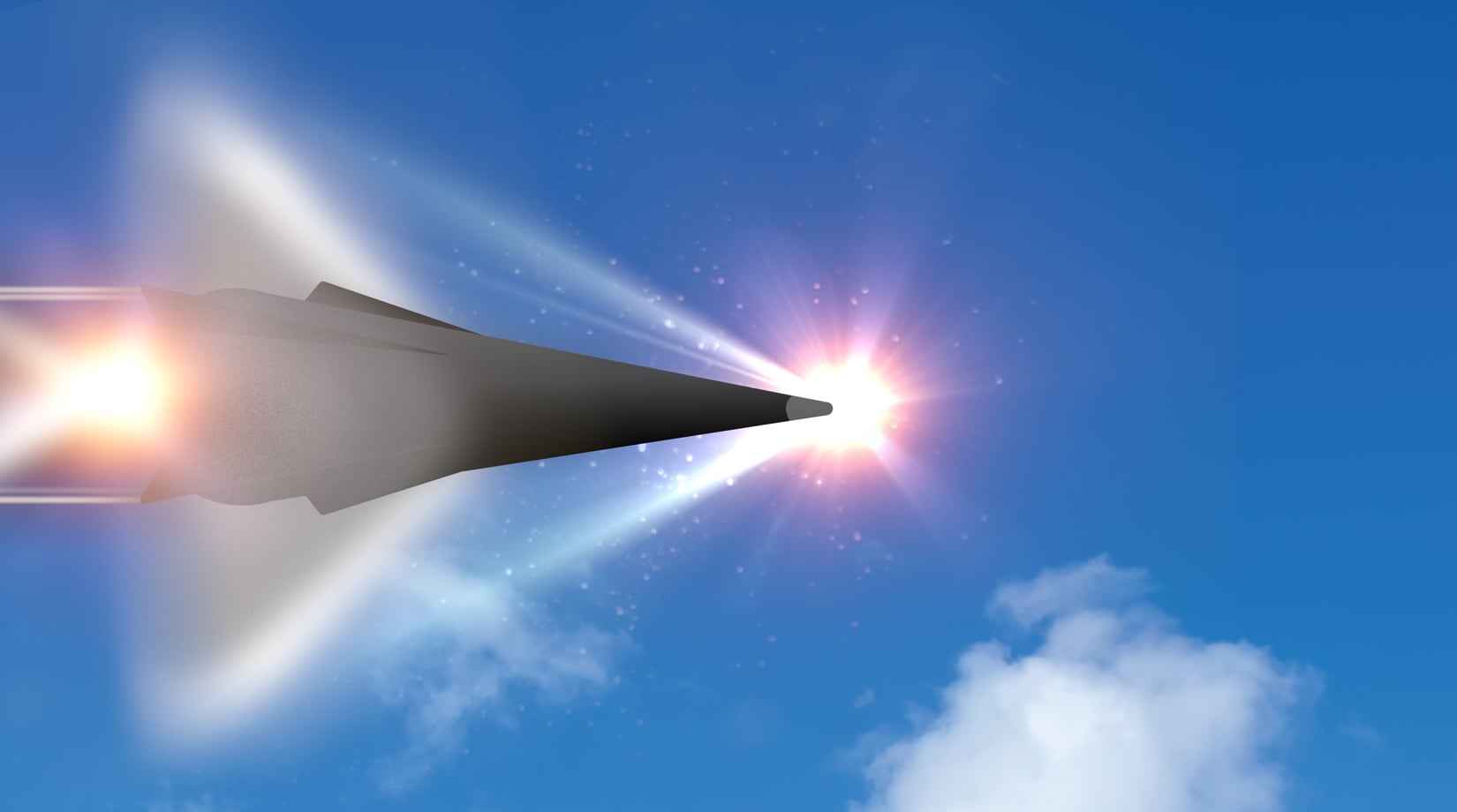WASHINGTON — The supply chain the Pentagon is relying on to develop hypersonic weapons for the future is feeling heat from the COVID-19 coronavirus pandemic, a department official said Wednesday.
“Yeah, absolutely we are,” said Mark Lewis, the department’s director of research and engineering for modernization, when asked if his team is tracking any impacts on the hypersonic supply chain from the disease, which has shut down work for dozens of defense contractors around the country since it began in early March.
“We’re monitoring it very carefully. We’re concerned about our first-tier industrial providers, but also worried right down the supply chain,” Lewis added while speaking at an event hosted by the Mitchell Institute. “If you look at hypersonics, for example, some of the most critical elements are produced by relatively small operations, and so we’re very sensitive to that, we’re including that as we look at the impacts of coronavirus on the industrial base.”
RELATED

Lewis, whose remit includes overseeing the work coming out of the departments research and engineering office on hypersonic weapons, added that his office is working with that of Ellen Lord, the Pentagon’s acquisitions head, to track coronavirus impacts “across the board.”
Lord on Monday said that 106 prime contractors have stopped work at some point since the start of the COVID-19 outbreak, with 68 having reopened, with a three-month delay expected for major defense programs. Small companies doing early R&D work for the department may be particularly vulnerable, experts have warned.
The department requested $3.2 billion for research, development, testing and evaluation funds related to hypersonic weapons in FY21.
Lewis was already tracking the hypersonic industrial base as part of a “hypersonic war room.” That group is expected to deliver a preliminary report sometime in the next few months, which will help guide how the department invests in the technology going forward.
RELATED

That war room is also trying to figure out how much a hypersonic weapon might cost, something he admitted simply isn’t known yet. However, he stressed that for the technology to be useful for the department, it has to have an acceptable cost.
“We have to think about it in terms of the affordability of the capability that we’re providing. By that I mean, if I’ve got a hypersonic system that costs twice as much as its subsonic counterpart but is five times more effective, clearly that’s an advantageous cost” trade off, Lewis said, adding his team has instructed the primes working on hypersonic systems to keep price in mind.
Lewis added that he is particularly interested in hypersonic weapons that can be mounted on wings or in bomb bays of aircraft, because he believes scramjet technology will eventually be cheaper than the current rocket-based technology; those weapons would likely be smaller as well, meaning more can be fit onto the platform.
“At the end of the day, we have to be careful we’re not building boutique weapons,” he added. “If we build boutique weapons, we’ll be very reluctant to use them.”
Aaron Mehta was deputy editor and senior Pentagon correspondent for Defense News, covering policy, strategy and acquisition at the highest levels of the Defense Department and its international partners.







